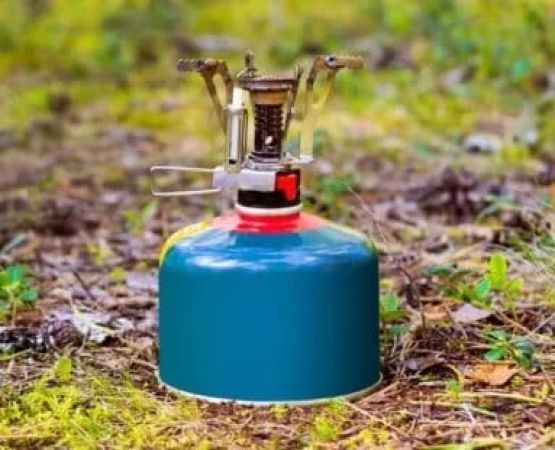How to Find the Best Campsites for Stargazing
- 1. Choose the Right Location: Key Factors for Stargazing
- 2. Check Light Pollution Maps: Finding Dark Skies
- 3. Weather and Seasonal Conditions: Best Times to Camp
- 4. Best US Campsites for Stargazing: Top Picks
- 5. Gear and Preparation: Enhancing Your Stargazing Experience
1. Choose the Right Location: Key Factors for Stargazing
When searching for the best campsites for stargazing, location is the most critical factor. The ideal spot should be far from urban centers, high in elevation, and have an unobstructed view of the sky. National parks, remote forests, and desert landscapes are some of the best places to pitch your tent.
Consider factors such as accessibility, campsite amenities, and safety. Some campsites are specifically designated for night-sky viewing, with minimal artificial lighting and astronomy programs.
2. Check Light Pollution Maps: Finding Dark Skies
One of the biggest challenges for stargazers is light pollution. The best campsites for stargazing are located in dark-sky reserves or areas with low light pollution. Websites like Light Pollution Map can help you identify the best locations.
To maximize your experience, avoid campsites near highways, cities, or industrial zones. The darker the skies, the more celestial wonders you’ll be able to see.
3. Weather and Seasonal Conditions: Best Times to Camp
Stargazing is highly dependent on weather conditions. Clear skies, low humidity, and minimal atmospheric turbulence contribute to an excellent viewing experience. Checking weather forecasts before heading out is crucial.
Summer months are popular for camping, but they often come with increased humidity and the potential for cloudy skies. Winter, on the other hand, provides crisp and clear nights, though it may require extra preparation for cold-weather camping.
4. Best US Campsites for Stargazing: Top Picks
The US offers numerous breathtaking locations for stargazing. Here are some top-rated campsites known for their dark skies and incredible celestial views:
- Big Bend National Park, Texas: Recognized as an International Dark Sky Park, Big Bend provides some of the darkest skies in the country.
- Cherry Springs State Park, Pennsylvania: A top destination for amateur astronomers, featuring designated stargazing areas.
- Joshua Tree National Park, California: Offers a stunning combination of desert landscapes and clear night skies.
- Pine Cliff Resort, Arizona: Located in a secluded area perfect for uninterrupted stargazing experiences. Visit Pine Cliff Resort for camping reservations.
5. Gear and Preparation: Enhancing Your Stargazing Experience
Having the right gear can significantly enhance your stargazing adventure. Here are some essential items to bring:
- A telescope or binoculars for a closer view of celestial objects.
- A star map or astronomy app to help identify constellations and planets.
- Warm clothing, as temperatures can drop significantly at night.
- A red flashlight to preserve night vision while navigating the campsite.
Additionally, arriving early to set up your campsite and adjusting to the darkness will improve your viewing experience.
Are you ready to embark on an unforgettable stargazing adventure? Book your stay at Pine Cliff Resort and experience some of the best night skies in the US!






